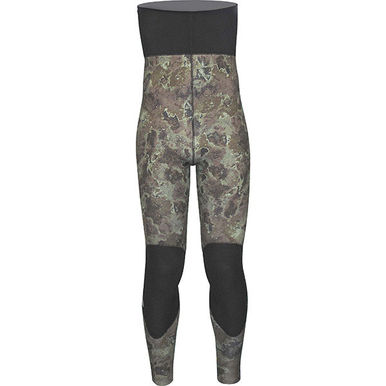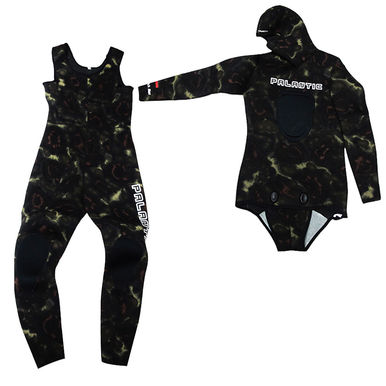22nd Apr 2016
Surfing Suits Buying Guide
It is important to know that a surfing wetsuit is different from a dive wetsuit or a drysuit. Although you may consider it a first-time buyers mistake, the last thing you want is to have a different kind of suit that's not suited for your activity. That being said, here are some things you should know before buying a surfing suit:
The Basics
A surfing suit is measured in millimeters, and the thicker the measurement, the warmer the suit will be. For example, a suit that is measured with 4/3mm (the “4” represents thickness in millimeters of the body and the “3” stands for the limbs) will be less warm than a 4/5.
It's also important to note that the thicker the suit would be, the wetter and less flexible it will become. However, thanks to modern advancements in wetsuit materials, some suits that are thick can actually be pretty flexible.
Although it would be hard to tell the difference between a 3/2 and a 4/3 in terms of flexibility, but moving up a few notches to a 6mm will allow you to distinguish the difference.
All of that said, what thickness should you wear? The quickest answer would be: It depends on the water temperature you intend to be surfing in. This is why it's very important that you check what the suit says so you don't end up buying the wrong suit. To help you out with that, here's a quick guide on temperatures for surfing suits:

Low 70 degrees F / 20 degrees C – Go for a shorty or spring suit. High 60 degrees F / 18 degrees C – Opt for a 3/2mm full suit. A shorty suit will work as well. Low 60 degrees F / 16 degrees C – You might want to go for a 4/3 and throw in some booties.
Water temperatures that range in the 50's in F / 12 C – It's best to go for a 5/3 to keep your warm, especially if you're a frequent surfer. It's also important to get booties for added warmth.
Lower than 50 degrees F / 10 C – Choose a 6/5 or a 5/3. Throw in booties, a hood, and gloves too because this is really cold water.
Neoprene
The amount of neoprene in a suit determines its price. There are two types: standard neoprene and super stretch neoprene. Suits come in varying percentages of neoprene.
For example,
A 30% super stretch neoprene suit covers the back, shoulders, and arms (the standard for surfing).
A 60% super stretch neoprene suit goes down to the knees.
A 100% super stretch neoprene suit is the most flexible but costly.
Seams
There are three types of seams ideal for surfing:
Flatlock stitching – Some water can get through, but it doesn't really give rashes.
Sealed – Less water gets through because the seams are glued and stitched.
Sealed and taped – Very little water gets through.

The Fit
Buy a suit that isn't too big (it lets too much water in) or too small (it might bust at the seams). Find one that is tight, but feels just about right.
Different Type of Surfing Suits
Full suit – Covers body except head and feet. Some come with a built-in hood. Spring suit – Short sleeves and leg coverage. Full suit with short arms – Covers body, but the sleeves are short. Spring suit with long arms – A spring suit, but with long arms. Farmer John – Long leg coverage, but no sleeves. Short John – Like a Farmer John, but shorter leg coverage. Wetsuit vest – Basically, a wetsuit tank top. Wetsuit shirt with long sleeves – Something like a rash guard, but made with neoprene. Rash guard – Worn underneath surfing suit to protect skin from sun.
So, when you're looking for a surfing suit, decide based on what type of suit you'll wear and most importantly, what water temperatures you'll be surfing in.
